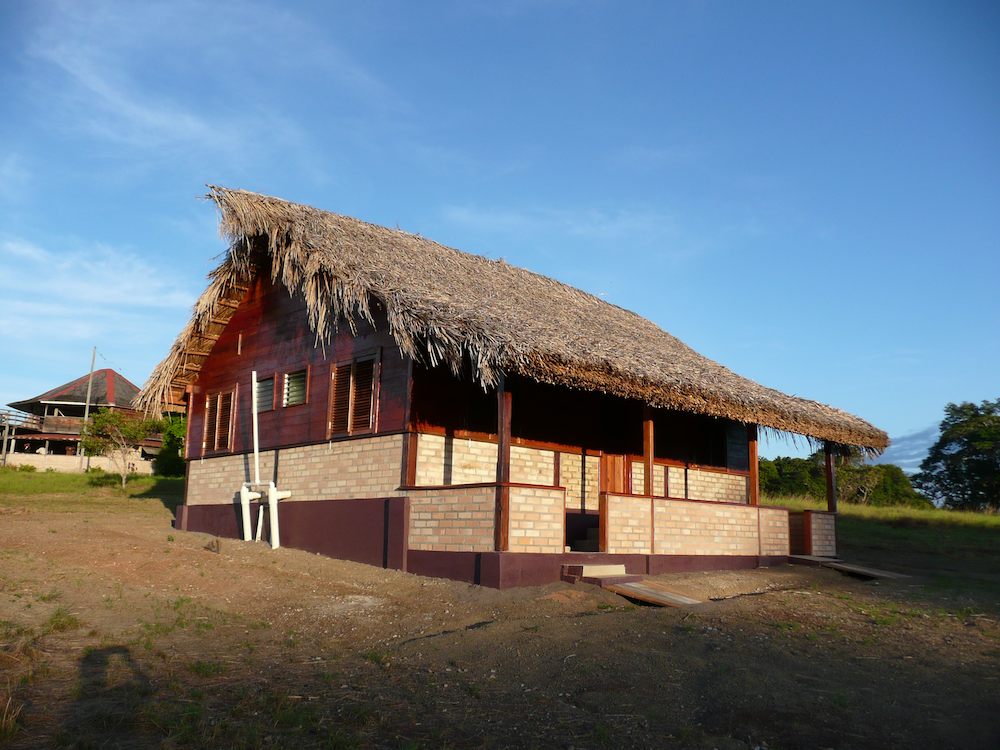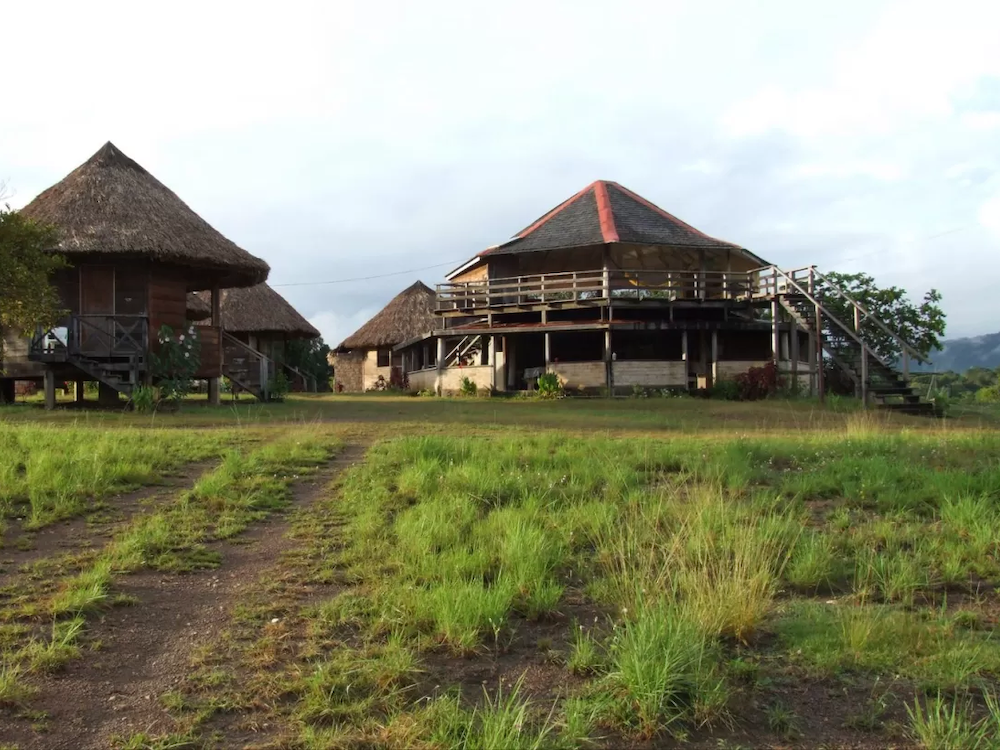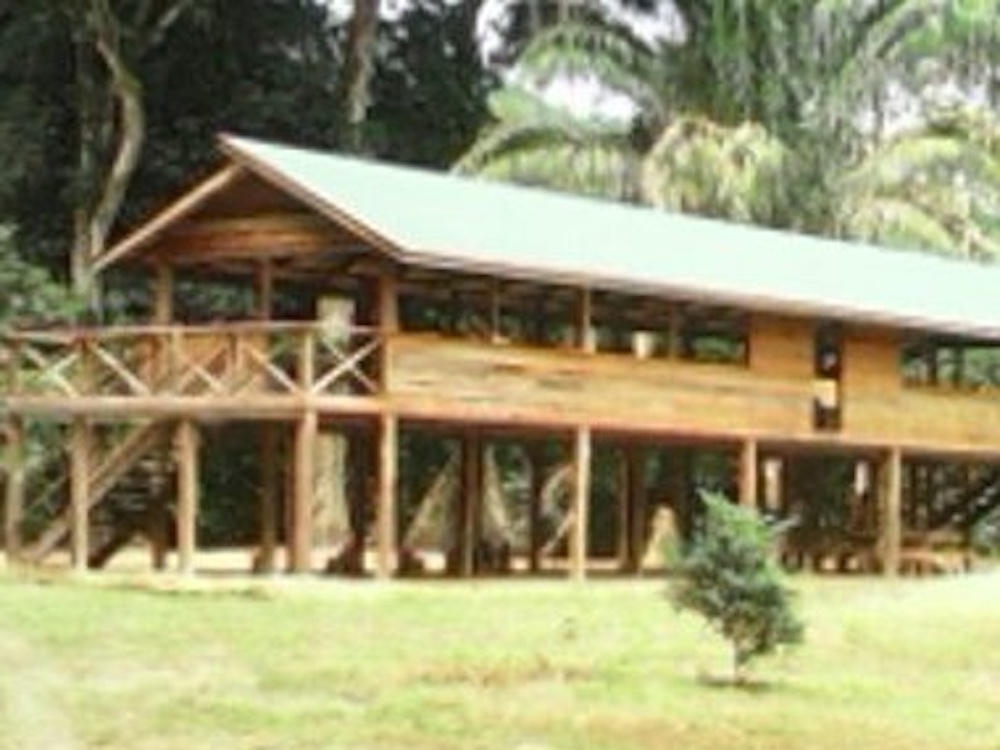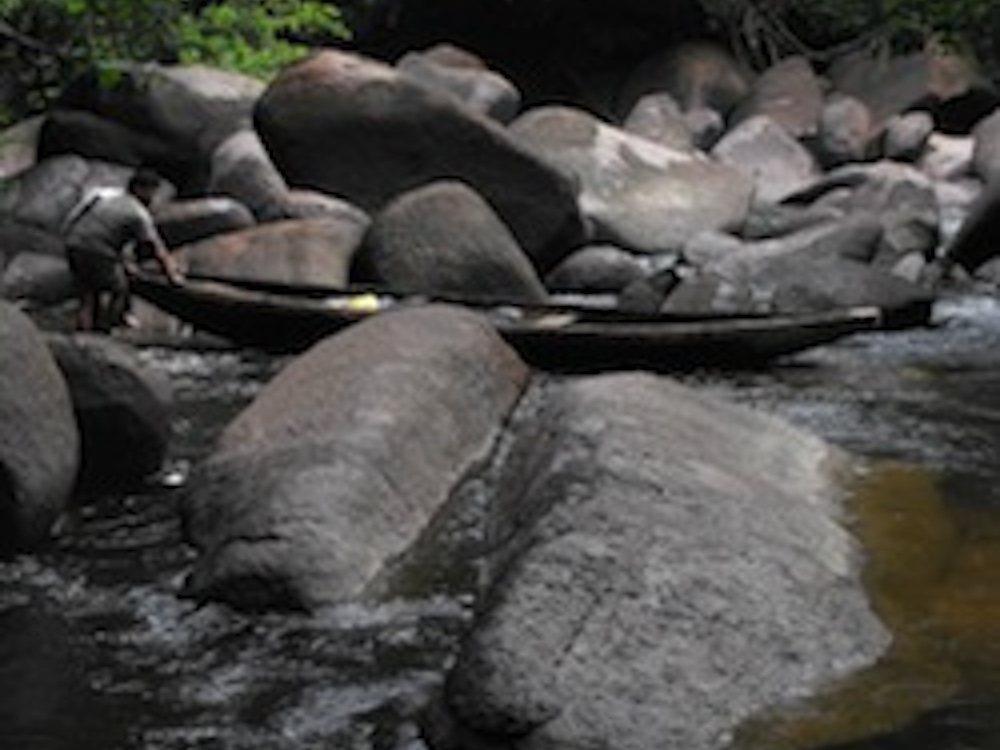The Amerindian community of Surama is located in the heart of Guyana. The village is set in five square miles of savannah which is ringed by the forest covered Pakaraima Mountains. Surama’s inhabitants are mainly made up of the Makushi people one of the nine indigenous peoples of Guyana. They still observe many of the traditional practices of their forebears.
This isolated and idyllic location offers an escape from the concrete jungle to a serene and peaceful existence with nature. Dawn hikes, led by the Surama guides across the savannah and up Surama Mountain, reveal a multitude of birds and fantastic vistas. The guides have lived their entire lives in the rainforest, and have an incredible understanding of nature and how to utilize its resources respectfully.
Surama shares a common border with Iwokrama International Centre for Conservation and Development along the Burro- Burro River. It is here the community has established Carahaa Landing Camp, a hammock camp on the river edge. This camp offers a base for night walks and daybreak canoe floats on the Burro – Burro River, which allows an opportunity to observe Giant River Otters, Tapir, Tira, spider Monkey, and many more species. Fishing for Piranhas, Piras Haimaras, and catfishes is also a regular activity for interested clients.
Guests can also stay in the village Eco-Lodge, which provides simple, comfortable accommodation with shared facilities and excellent meals prepared from local produce.
The Surama community has identified eco-tourism as a sustainable use of their land. It means employment at home, rather than the men and young leaving to mine or cut timber in other parts of Guyana.
Surama and Wilderness Explorers have developed a strategic alliance that fosters the development of eco-tourism in the community. All tours of Surama are managed and operated solely by the Makushi People. Wilderness Explorers provides some administration, sales, and marketing skills in support of Surama.
Apart from the direct employment from eco-tourism, the community also benefits from the purchase of local produce, and cultural shows and a portion of this from every tour goes to a village fund which is used for community development projects.
 Guest Benabs
Guest Benabs



